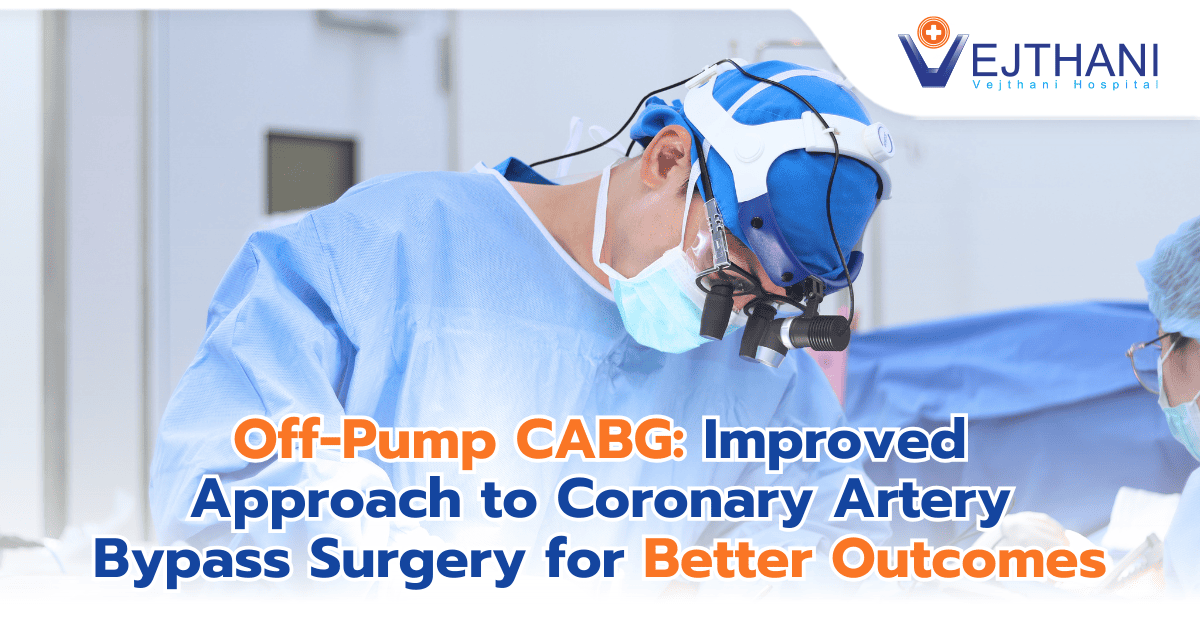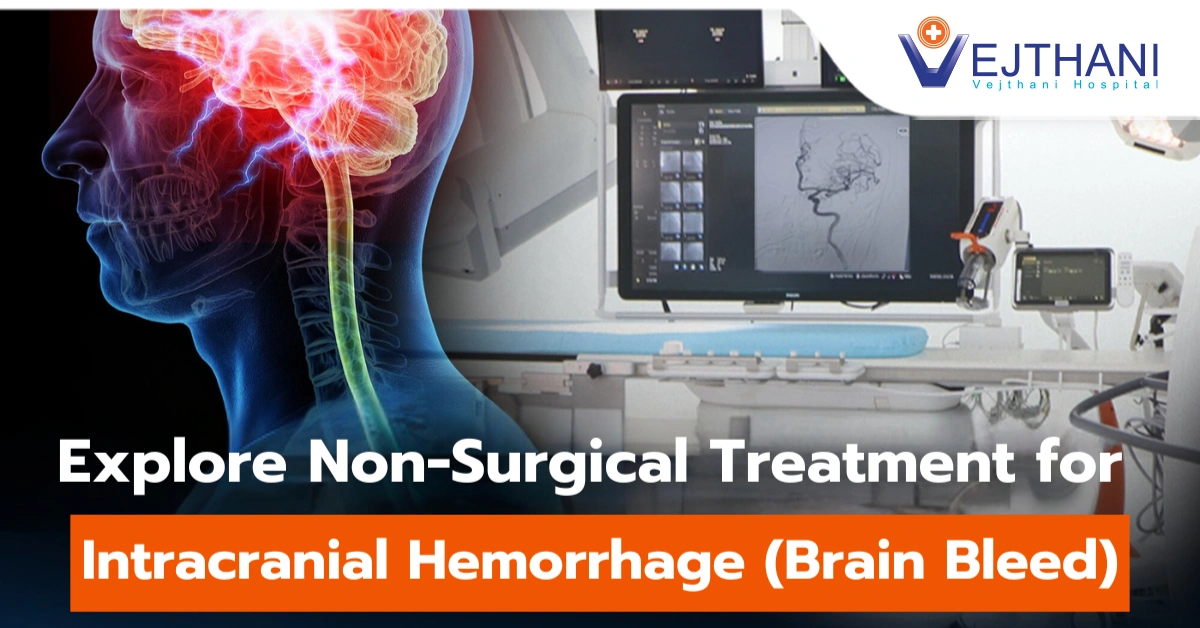
Leadless pacemaker
Overview
A leadless pacemaker is a compact, single-unit device implanted by healthcare providers directly into your heart to manage slow heart rates. Unlike traditional pacemakers, all components of a leadless pacemaker are contained within the device itself. It operates without separate batteries or leads (wires) because the entire device is positioned within the right ventricle of the heart chamber. Signals emitted by the leadless pacemaker regulate and maintain normal heart rhythm.
Leadless pacemakers are typically 1 to 1.5 inches in length, which is approximately 3 to 4 centimeters. Resembling a small metal cylinder.
Reasons for undergoing the procedure
Pacemakers are beneficial for patients with bradyarrhythmias, which affect the heart’s conduction system that cause slow heart rhythms.
Your healthcare provider can determine your eligibility for a leadless pacemaker based on your medical history, heart rhythm, and results from noninvasive tests like an echocardiogram (also known as an echo, which is an ultrasound of your heart).
A healthcare provider may implant a leadless pacemaker in individuals who:
- Require occasional pacing.
- Have atrial fibrillation (Afib) accompanied by slow heart rates or pauses.
- Experience atrial fibrillation or sinus rhythm with AV block.
- Suffer from bradycardia-tachycardia syndrome, which involves alternating slow and fast heart rhythms.
- Experience bradycardia along with related symptoms.
Leadless pacemakers are not suitable for a lot of patients. At this time, the device is only available to those with certain medical disorders including bradycardia, or slow heart rhythms. It is especially useful for people who need to pace only one chamber of their heart.
Risk
The risks associated with a leadless pacemaker include:
- Limited ability to pace only one ventricle (heart chamber).
- Inability to perform defibrillation.
- Potential for swelling and bleeding at the incision site, which are common issues following implantation. While typically not life-threatening, they may prolong hospitalization or slow recovery.
- Risk of heart puncture during implantation.
- Higher cost compared to traditional pacemakers.
- Internal bleeding, such as pericardial effusion or cardiac tamponade, or device displacement are more severe but rare problems.
Procedure
A healthcare provider adjusts and configures the device to deliver small electrical impulses to your heart muscle as required. A leadless pacemaker has the ability to detect your heart’s own electrical signals and can supplement them with additional impulses when your natural rhythm is insufficient.
Before the procedure
Prior to your procedure, your healthcare provider will discuss the advantages and disadvantages of leadless pacemakers with you. They will assist you in choosing the device that best suits your needs.
Before undergoing a leadless pacemaker procedure, you will:
- Arrange for transportation home from the hospital.
- Follow instructions from your healthcare provider regarding when to stop eating or taking specific medications before your procedure.
- Only discontinue medications if instructed to do so by your healthcare provider.
During the procedure
During the procedure, a healthcare provider will:
- Administer a local anesthetic to numb the groin area.
- Make a small incision in the groin.
- Insert a thin tube called a catheter into the femoral vein through the incision.
- Guide the catheter to the heart using an X-ray machine.
- Position the leadless pacemaker inside the right ventricle and secure it in place, either by screwing it in or using the device’s nickel titanium tines to attach it to the heart muscle.
- Ensure proper attachment and programming of the leadless pacemaker.
- Remove the catheter.
- Close the incision site by applying pressure.
After the procedure
After undergoing the placement of a leadless pacemaker, you will be required to:
- Maintain a flat position and keep your leg straight for two to six hours to minimize bleeding from the access site. It’s important to refrain from sitting or standing during this period.
- Have a healthcare provider apply a sterile dressing to your groin area to prevent infection.
- Stay overnight in the hospital for monitoring.
- Return home after your healthcare provider verifies the device and conducts a chest X-ray.
Outcome
The advantages of a leadless pacemaker includes:
- Elimination of connecting leads (wires), separate power sources, and the need for a surgical pocket in the chest, which are common causes of complications with traditional pacemakers such as infections or lead breakage.
- Absence of a visible lump under the skin on the chest or discomfort from leads anchored to muscle.
- Avoidance of chest incisions or scars typically associated with generator placement and replacements.
- Shorter procedure duration compared to traditional pacemaker implants.
- No restriction on upper body activities post-implantation due to the absence of wires or a generator.
- Compact size—90% smaller than traditional pacemakers.
- Compatibility with MRI (magnetic resonance imaging) machines.
- Suitability for individuals who may not qualify for a traditional pacemaker.
Leadless pacemakers are typically considered safe for MRI scans, provided certain conditions are met. For example, the strength of the MRI machine’s magnet must be within safe limits for use with the pacemaker. Your healthcare provider will assess whether an MRI scan is suitable for your specific situation.
Contact your healthcare provider if you experience:
- Infection or bleeding around your incision site.
- Swelling in your calves or ankles.
- Symptoms similar to those before receiving the pacemaker.
- Feelings of faintness or dizziness.
- Difficulty breathing.























